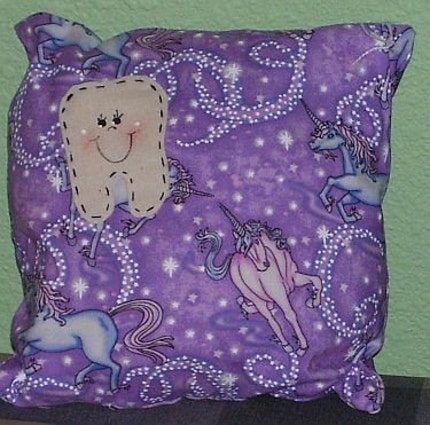Questions From My Wife VI: Myths, Legends, and Other Means of Trickin' Folk

Taking a short break from writing the Postdoctoral Grant of DOOM (ie tricking the government to pay for me feeding a ton of illicit drugs to unsuspecting mice) to bring you another installment of QFMW.
Where did the idea of the unicorn come from? It's nowhere near as interesting as other fantasy creatures, just a horse with a random horn stuck on its head. What creative genius came up with that?
The unicorn is represented in texts as far back as the Old Testament to writings of Leonardo Da Vinci to elementary school folders. Mythologically speaking, the unicorn has a beard, lion's tail and cloven hooves. However, the typical modern view is it is a white horse with a single horn in the middle of its forehead. There are a few current theories on what people were thinking when they came up with the idea, some, as with many mythological beasts, deriving from misinterpreted skeletons.
1) Elasmotherium sibiricum - a large ancient rhinoceros. It is quite possible that skeletal remains of this creature could definitely be thought of as a horse-like creature, with a huge central horn reaching lengths of 7 feet or more.
2) Mutated animals - Gene mutations are always occuring. The possibility that a goat or ox could have developed a single misshapen horn to a recessive gene is very likely. This process has actually been replicated by people that fused together growing horns of young goats or calves.
3) Bizarre interpretations of foreign animals - British monarchs Elizabeth I and James I often told tales of being given unicorn horns from explorers who had spent considerable time in the arctic. Arctic unicorns? Probably just narwhales. Marco Polo depicts a unicorn in his travels as "scarcely smaller than elephants. They have the hair of a buffalo and feet like an elephant's. They have a single large black horn in the middle of the forehead... They have a head like a wild boar's… They spend their time by preference wallowing in mud and slime. They are very ugly brutes to look at." Marco? Maybe you saw a rhino? African antelopes like the oryx are also possibilities for a unicorn-like interpretation if they stand in profile.
Okay then, smart guy, what about the tooth fairy?
Yeah, this one is plain weird. How we're able to convince our kids of this (and were convinced ourselves) remains a complete mystery to me. I remember figuring it out by requesting that the Tooth Fairy sign and date a form for acquisition of my tooth...you know, for proper filing purposes and tax records and whatnot. I totally recognized my dad's handwriting.
The accepted American commercial spiel is that after a kid loses a tooth, it goes under the pillow. The tooth fairy comes in the night, takes the tooth, and rewards the kid monetarily (after signing the necessary paperwork, of course). But other countries have their own traditions. An English tradition is to throw the tooth in a fire to prevent needing to search for it after you die. Vikings gave children cash for teeth in order to make jewelry out of them -- apparently they thought kid parts were sources of great power. Better than toes, I guess. Several countries told stories of giving teeth to mice, and the Spanish equivalent of the tooth fairy is a mouse named Ratoncito Pérez. Which is awesome. These ideas, combined with European folk tales of fairies were combined in the 1949 publication of "The Tooth Fairy" by Lee Rothgow and into American legend.
7 comments:
Okay, the tooth fairy paperwork is adorable.
ruby is TOTALLY getting a visit from Ratoncito Pérez
Wow, what an incredibly appropriate photo for this entry. Did you find that on Google or did one of you make that? :)
V: Completely true story.
S: Ratoncito Pérez IS awesome.
K: Google Images is a blogger's best friend.
You left out the weirdness about unicorns and virgins. What's that about?
OB: Yeah, I left that out because THEN it gets wacky. Apparently, as unicorns are shown to be utterly masculine, it was thought that you need something completely feminine to balance it out. Also, the unicorn is seen as a Christ-like figure (but what isn't, really). The virgin thing might have something to do with the Virgin Mary. I'm really not too sure about any of that.
Plus the whole unicorn-head/virgin-lap thing is just icky.
Post a Comment